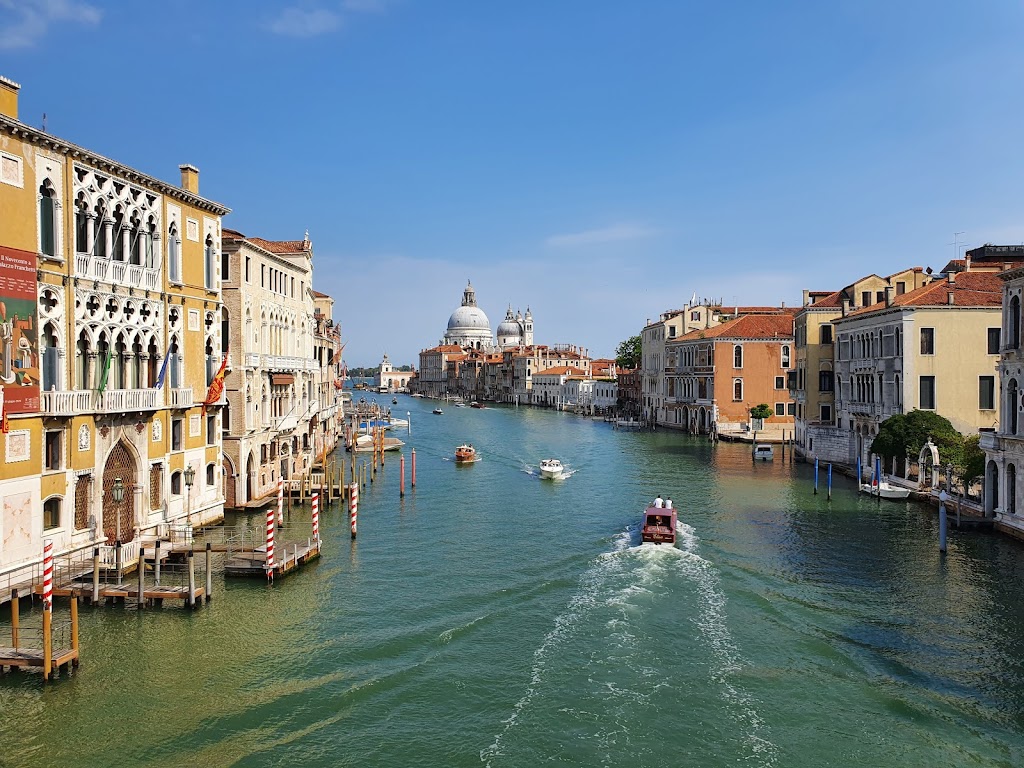Venice (Venezia) really needs no introduction. The Serenissima has been a fabled destination for centuries. Just the name Venice is enough to conjure up a host of images, even for those who have not yet set foot in Italy: gondoliers in striped jerseys, the Rialto and the Bridge of Sighs, masked balls, golden barges, courtesans in gondolas and crumbling palaces facing streets made of water. The western world’s most famous figures visited Venice, marvelled at the gold mosaics of St Mark’s, admired art in churches, explored the city’s maze of canals (or, in Byron’s case, swam in them), and then proceeded to preach Venice’s wonders to those unable to make the journey. Nowadays, with cheap flights and good connections, Venice really is open to anyone and the city of lions and doges has never been so accessible.
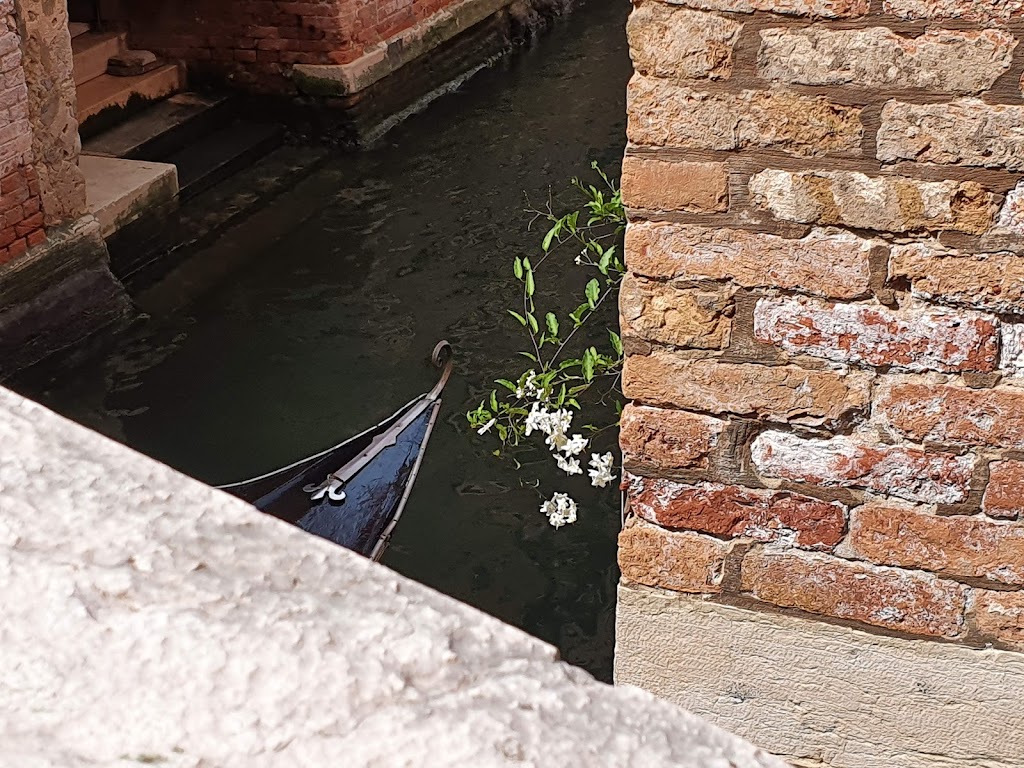
In these pages I’ll share useful advice and information for visiting Venice and for experiencing(and hopefully loving) the real, breathing city. Use the menu at the foot of this page to explore this in-depth resource. What district is best to stay in? When should you visit Venice and what is there to do in summer or in winter? Which hotels have views of the Grand Canal? What are the best things to do if you want to really get to know the city and lagoon? I’ve tried to answer all the important questions as well as others you might not think to ask about Venice.
For even more travel advice, history and background, plus directions for off-the-beaten-track walks, you can buy my 2013 guidebook. While ticket prices and some restaurants have changed since then, most of the content is still valid, including the walk directions (very popular with readers!), and it is a bargain price.
What is Venice really like?
Venice is a glorious cliché, more romantic, more beautiful and more surprising than you could expect. No matter how many photographs or films you may have seen, it is still a jaw-dropping experience seeing Venice’s canals and palaces for the first time. That first cruise down the Grand Canal – punctuated by exclamations and photo-snapping – is one of life’s unforgettable experiences.
When to go to Venice
Venice’s quietest season is winter. You’re unlikely to find Venice empty of tourists at any time, but late autumn and the first part of the winter, ideally mid-week, are the best times to come if you want to avoid the crowds and take advantage of cheaper hotel rates. This is the best time to see a (relatively) tourist-free Venice – but be prepared for icy temperatures and mists. In January/February the two-week-long Carnival is one of Venice’s big attractions and the crowds flock in – it is even more important at this time to book a hotel well in advance. There are masks and parties; it’s a bit tamer now, though, than the decadent excesses of the past. As the spring turns into summer, tourist numbers rise; and Venice in the height of summer is avoided by many; August can be swelteringly hot. I enjoy a summer stay, but it’s a specialised taste. The Venice Film Festival takes place in late August and early September.
- Venice in winter
- Venice in summer
- Venice calendar – our guide to Venice for visitors throughout the year
- Current temperatures for Venice (BBC)
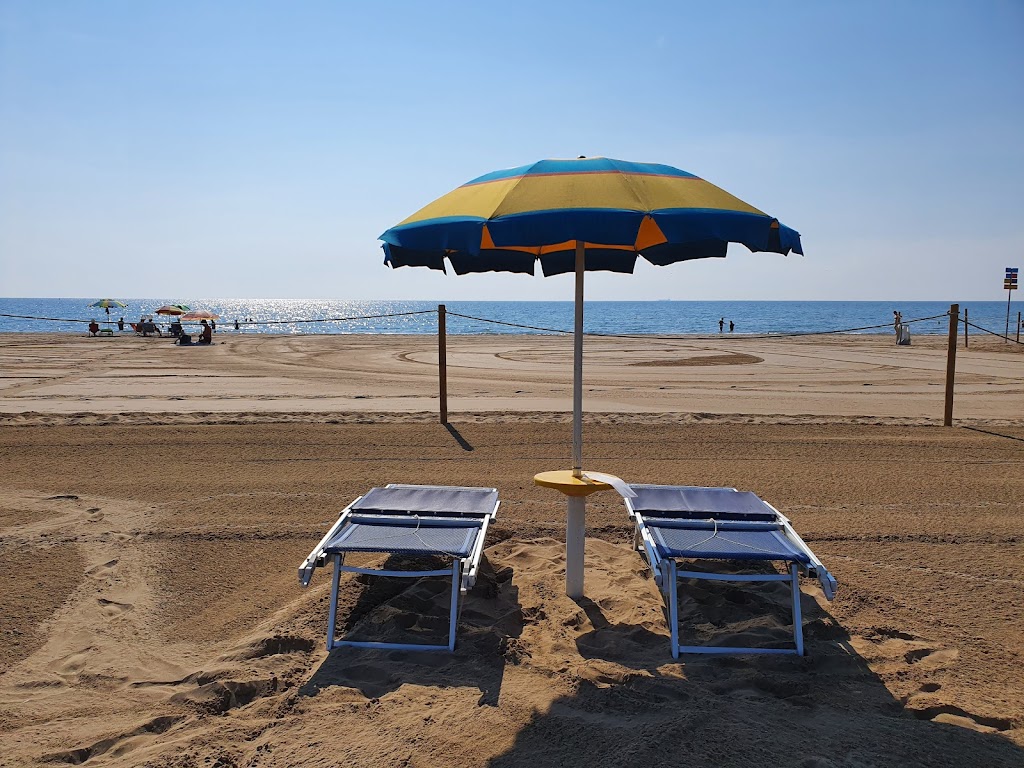
Venice geography
Venice is composed of more than a hundred tiny islets, packed closely together around canals. A pedestrian network of narrow lanes and over four hundred bridges connect every corner and islet of the historic urban area, with ferries as waterbuses to reach other islands and navigate the widest canals and circumnavigate of the city centre.
The city is in a lagoon, protected from the sea by a long strip of land called the Lido. Venice is famously sinking. Every year high water levels (acqua alta) threaten the city’s fabric, and it has long been feared that the beautiful city will one day disappear beneath the water. Many ideas (and funds) have been put forward to protect the endangered heritage site, but the problem is a complex one and ‘solutions’ such as those to construct a giant water-gate have been controversial.
> My visitor map of Venice
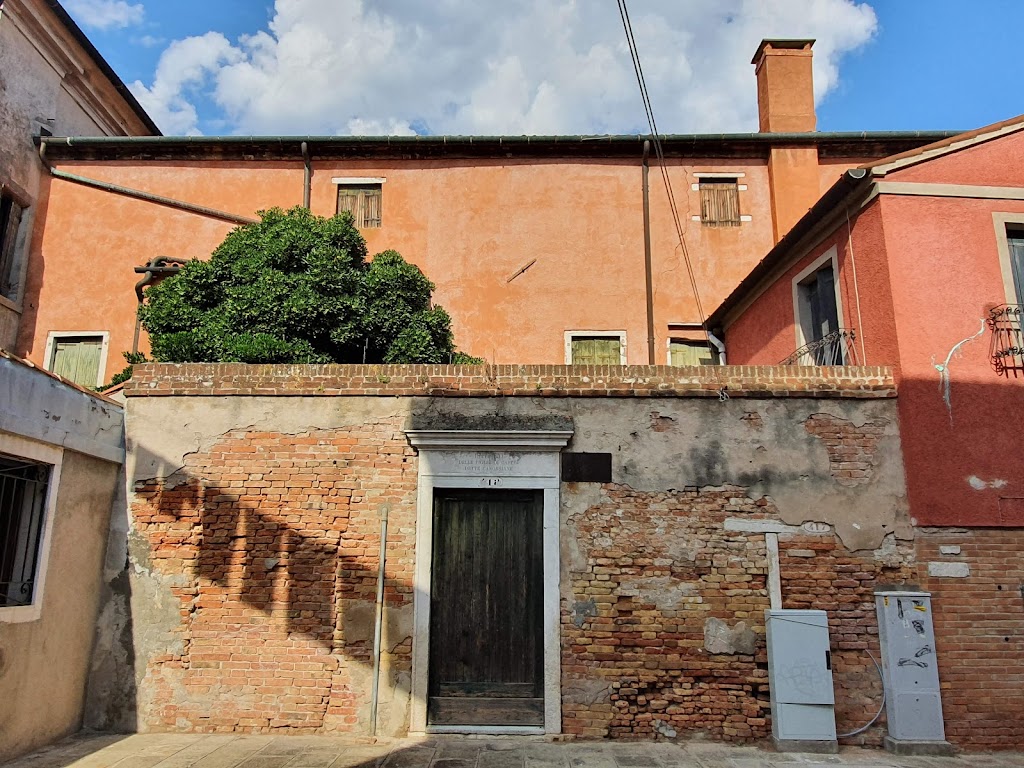
Venice history
For centuries Venice was a republic of immense power; controlling trade routes in the Adriatic, and waging successful wars with rival states. Ruled by a doge, who had his powers controlled by a cabinet, Venice was a proud and rich republic, known as la Serenissima, the most serene. Every year the Doge would take part in a symbolic ceremony, the Marriage of the Sea, to celebrate Venice’s mastery over the ocean. Like most great powers, however, Venice’s glory was followed by a decline. La Serenissima lost her chattels in wars, and the city’s trade routes declined in importance. By the eighteenth century, Venetians was already seeking profits from the tourist trade, leasing fine palazzi to foreign travellers.

Venice travel information
It can be impressively cheap to fly to Venice from the UK. Budget airline Easyjet fly to Venice Marco Polo Airport, on the edge of the lagoon, while their competitors Ryanair operate cheap flights to nearby Treviso Airport (with a fast coach connection to Venice). Read our guide to Venice airport travel.
Venice hotels
As befitting one of the world’s major tourist destinations, Venice has large number of hotels and apartments. Accommodation in Venice is generally fairly expensive; and the city is busy for most of the year, so it’s highly advisable to book a hotel well in advance.
> Our recommended Venice hotels
> Advice on where to stay
> Full Venice accommodation search
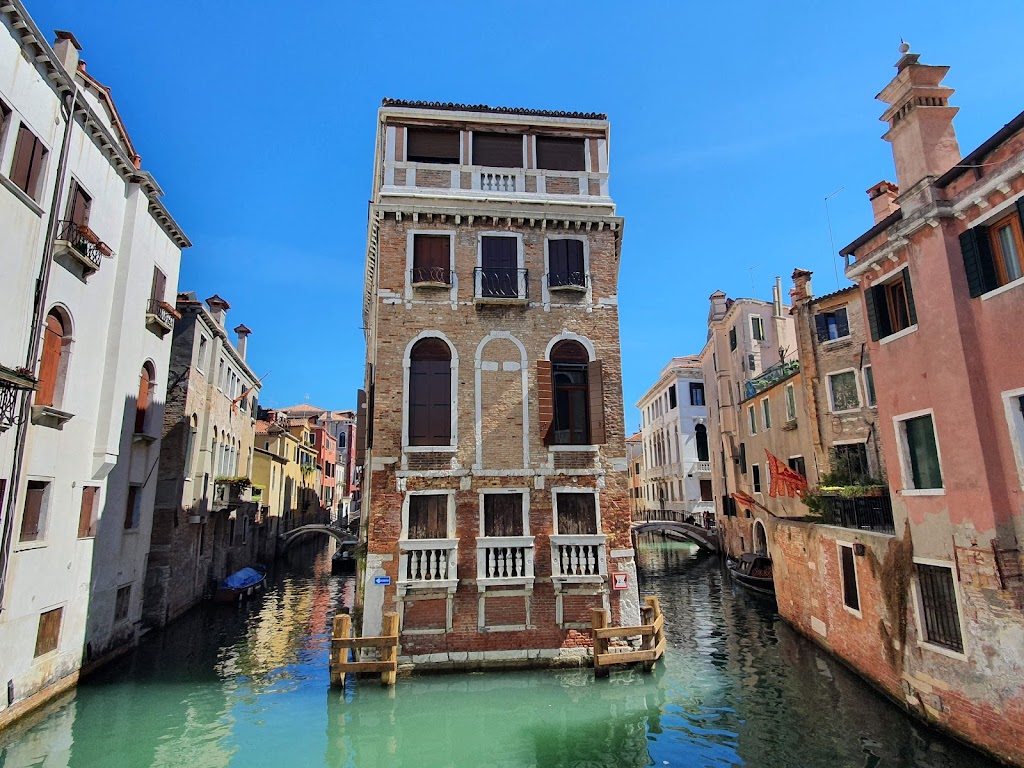
Guidebook
The Italy Heaven Guide to Venice is a conveniently portable way to get the most from a trip to Venice. The e-book guide has off-the-beaten-track walk itineraries, detailed guides to museums, galleries and churches, lots of background information and everything you’ll need to plan your trip and enjoy your time in the Venice that residents know and love:
> Find out more/buy the guidebook
Top tips for Venice
1. Explore away from the main tourist thoroughfares.
2. Get an outdoors seat on a vaporetto travelling the length of the Grand Canal.
3. Always carry spare camera/phone batteries or a charger (and perhaps a memory card too).
4. Don’t be afraid to get lost. You’ll discover some of your favourite sights this way.
5. Investigate the city’s range of discounts and tourist cards to see if you can save some money.
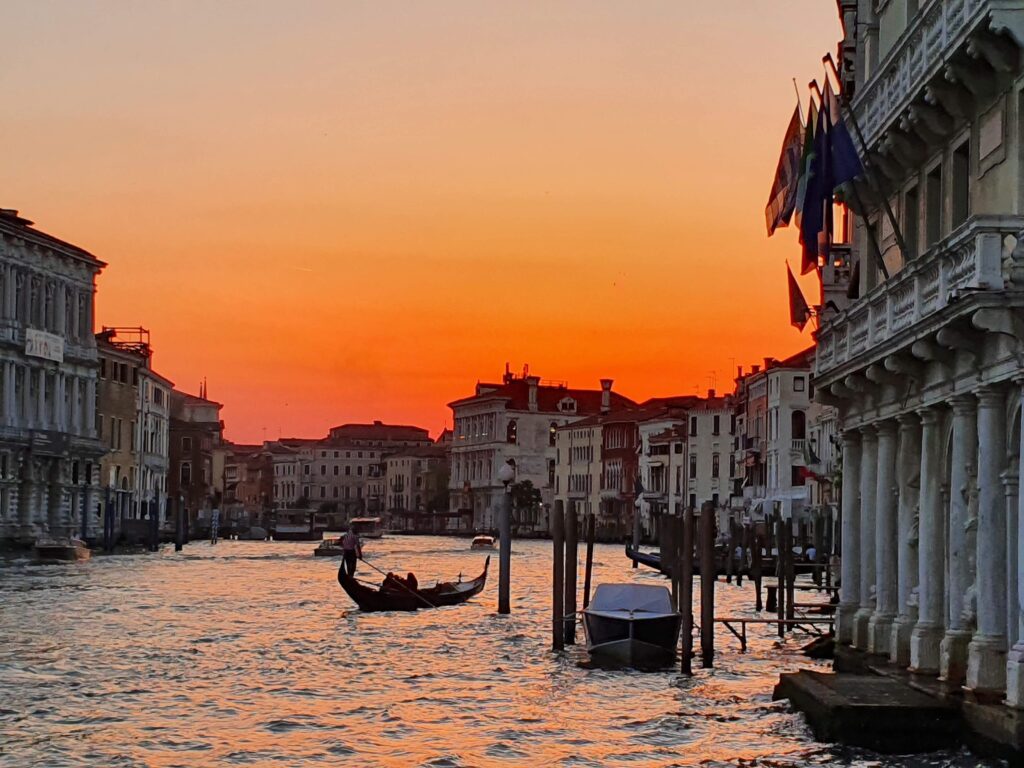
Get inspired
Through the pages about Venice on this website you’ll find inspiration for different kinds of holidays and activities. I’ve spent years in total in the city and I still exploring different aspects of the Venice and its surrounding area. There are so many ways to look at the city and to experience it. How about:
- Romantic Venice – a lovers’ guide to enjoying Venice and finding special spots for romantic moments
- A cool and stylish weekend in Venice
- Free things to do in Venice
- Find a hotel on the Grand Canal
- Veneto art and architecture tour – explore the mainland’s treasures as part of your holiday itinerary
Read more
My guidebook (see above) is the best place to read all my tips for Venice, with an A-Z of quirky facts, lots of background, detailed descriptions and walking directions. But here are some online articles for learning a bit more to add context to your stay:
Admire some cats of Venice, read my thoughts about the philosophy behind finding your way in Venice or learn more about the globally-known phenomenon of flooding and acqua alta in Venice. Take children boat-spotting or plan your costumes for the next Venice Carnival.
